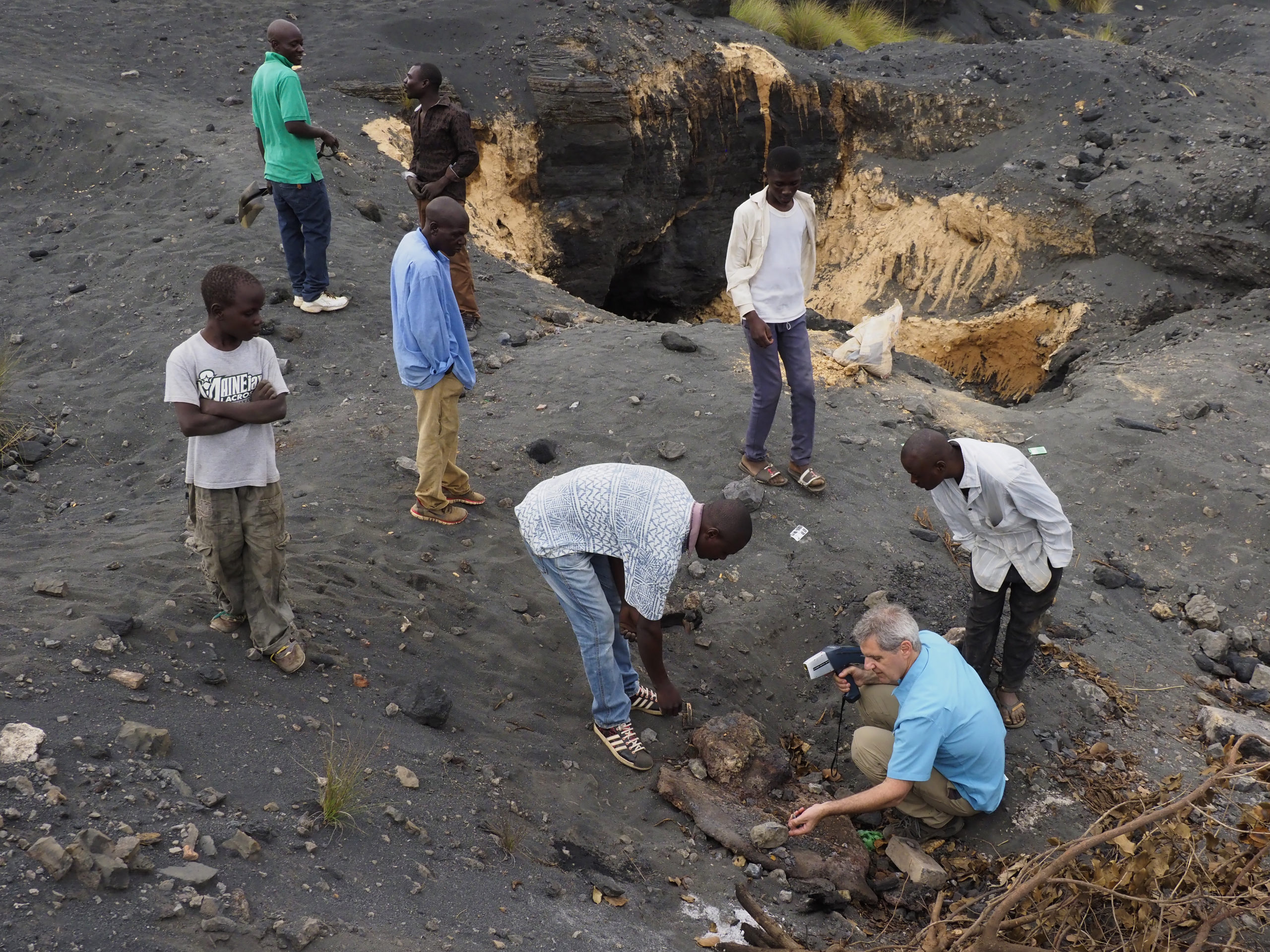 Jack measuring toxic soil with Olympus XRF, Photo by Larry C. Price
Jack measuring toxic soil with Olympus XRF, Photo by Larry C. Price
Q & A with Dr. Jack Caravanos, Pure Earth’s Director of Research
Jack traveled to Kabwe, Zambia, last month with The Guardian environment editor Damian Carrington and Pulitzer Prize-winning photojournalist Larry C. Price. The Guardian just published a front-page story as a result of the trip, “The world’s most toxic town: the terrible legacy of Zambia’s lead mines”.
Q: What was the purpose of your recent trip to Kabwe?
A: On this last visit, I was able to share my knowledge and experience with a seasoned environmental reporter from the Guardian, Damian Carrington, as well as assist the photographer, Larry C. Price in revealing the extent of human suffering from extreme lead poisoning in Kabwe. In short, these trips transformed me and solidified my personal goal of improving the health and opportunities of the children of Kabwe.
Q: How did you first get involved in efforts in Kabwe?
A: My first trip to Kabwe was a scoping mission urged on by Richard Fuller, Pure Earth President. Rich has had Kabwe in his crosshairs for years and he insisted I see it. He wrote extensively about the city in his book, The Brown Agenda, and honestly, is personally obsessed with this place. It must have left quite an impression on him and he just won’t let this place go unnoticed. His obsession has rubbed off on me.
After my first trip, more followed, and with staff from Pure Earth, we quantified the lead in soil levels in many neighborhoods, finding some hotspots with 24,000 parts per million (ppm) lead; the US EPA standard for lead in residential soil is 400 ppm.
In another trip in 2014, I helped coordinate extensive childhood blood lead testing with the help of the local health district using portable lead in blood testing equipment. The portable testing equipment can only detect a blood lead level (BLL) of 65 micrograms per deciliter (µg/dL). We tested 196 children, ages 2 through 8. The mean BLL was 48.3 and 52 children tested above the BLL of 65. How high above, we were not able to detect with our portable equipment. The CDC recommends chelation therapy when a child has a BLL greater than 45.
Another team of researchers testing children’s BLL in Kabwe was able to send samples to a lab and found 8 children with BLL over 150 with a maximum reading at 427.8 micrograms per deciliter (µg/dL).
It is hard to imagine those children survived long after this testing.
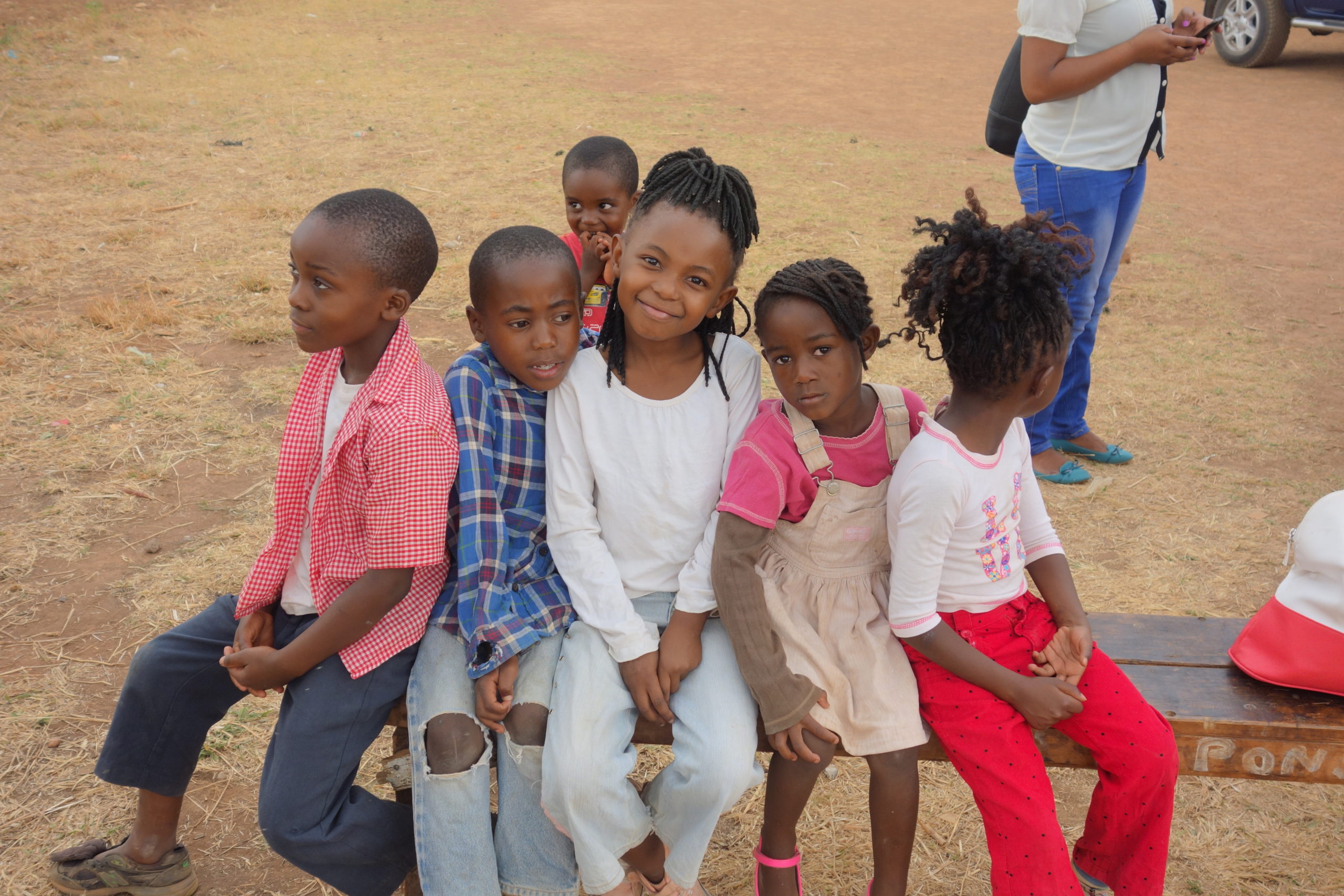 Kabwe children at the community education meeting
Kabwe children at the community education meeting
Q: What did the Pure Earth team do with this data about the severity of the health threat?
A: Of course we all felt we had to take action as soon as possible. Honestly at first I just said to myself, can we just pick up this town and move it 5 kilometers west? Where do we start? How do we start? Where’s the money? What’s the plan?
Then, as I usually say, slow and steady. We can’t do this in one summer. We need to work on the hotspots where the contamination is very, very high, which is why we started in Chowa, and test some cleanup methods.
We were able to cobble together small grants from four different funders to get started. (Thank you Terre des Hommes, Marilyn S. Broad Foundation, Foundation Beyond Belief, International Foundation & private donors).
Our program staff and Technical Advisory board planned an intervention to break the lead exposure pathway in homes and yards, where children spend most of their time.
In short, we need to put a barrier between the problem (lead soil) and the receptor (children). And that’s what we were able to start with; a pilot project of targeted remediation and assessment to explore the best sustainable solution.
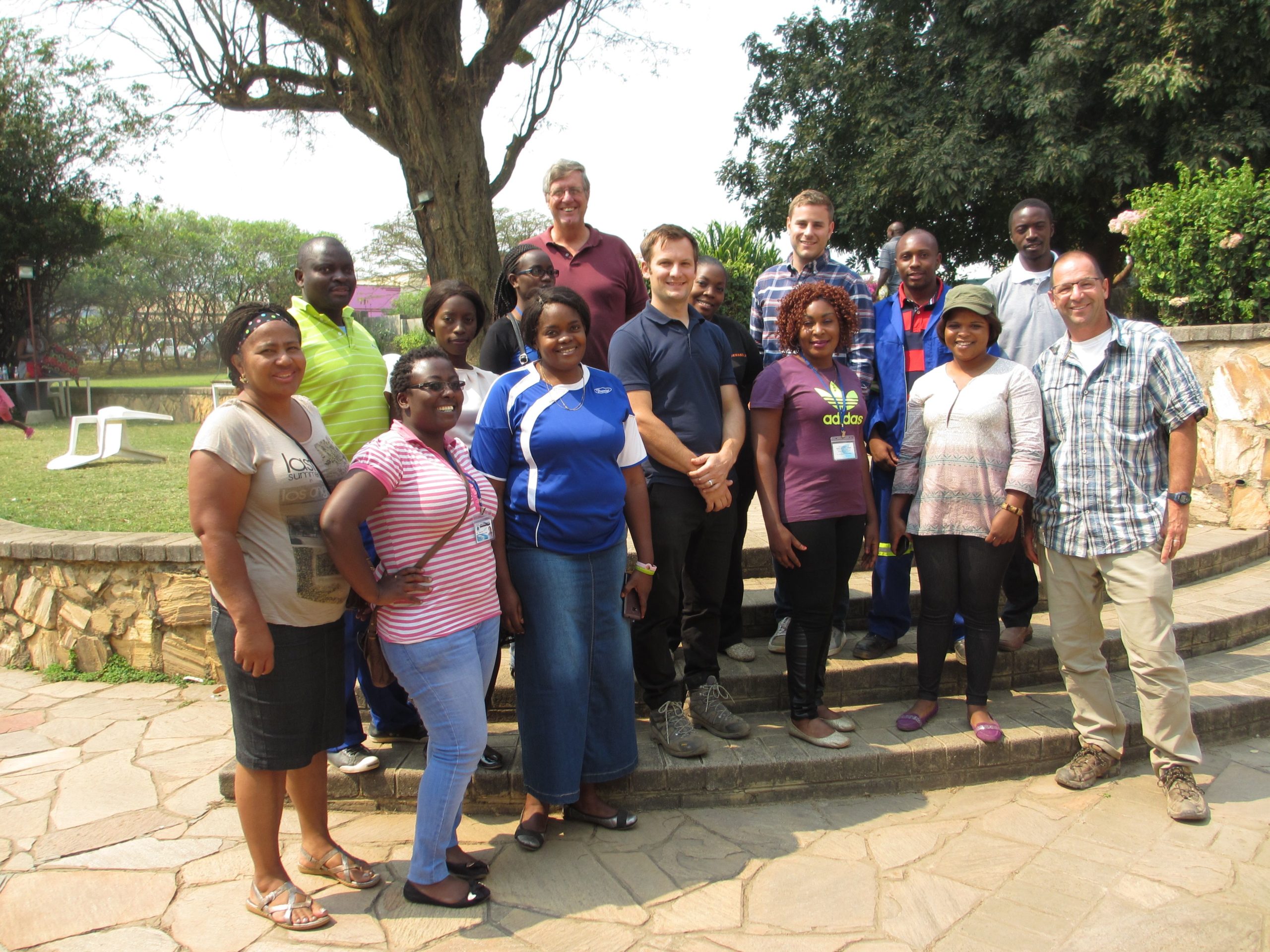 Kabwe City Council & Environment Africa staff with Pure Earth trainers.
Kabwe City Council & Environment Africa staff with Pure Earth trainers.
Our team first trained members of the Kabwe City Council and Environment Africa in assessment, public health education and remediation methods. We then hired and trained several members of the community and got to work removing contaminated soil, capping yards with a geotextile barrier, putting down clean soil, planting grass, then thoroughly cleaning the homes to remove all lead soil and dust particles.
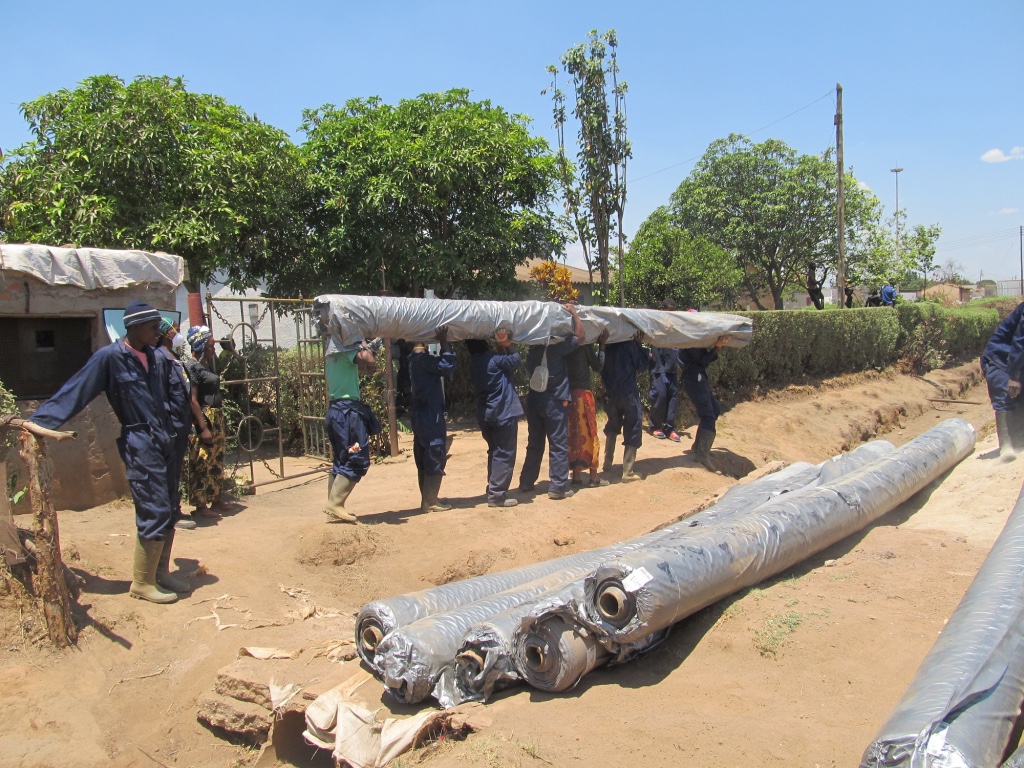 Crew installing geotex barrier before laying down clean soil
Crew installing geotex barrier before laying down clean soil
To date we have remediated 120 homes and yards, along with a public pathway that runs between a few of the churches in the community.
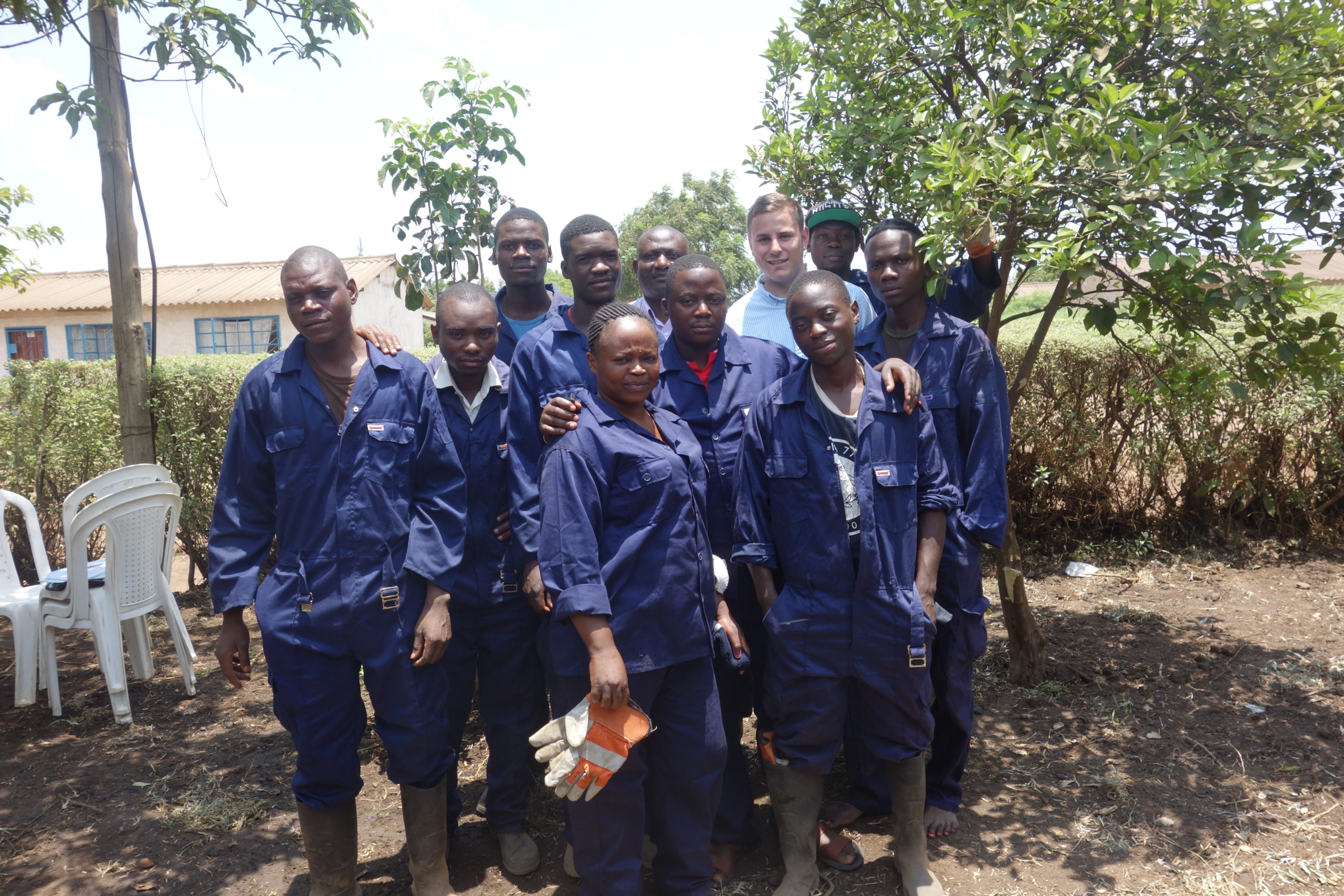 Kabwe residents hired to conduct remediation outside in residential yards and inside homes.
Kabwe residents hired to conduct remediation outside in residential yards and inside homes.
I’m happy to say that in a followup, we measured some BLLs of residents in the cleaned homes and found a 50% reduction in blood lead levels. In a place like Kabwe, for a young child, that can mean the difference between life and death.
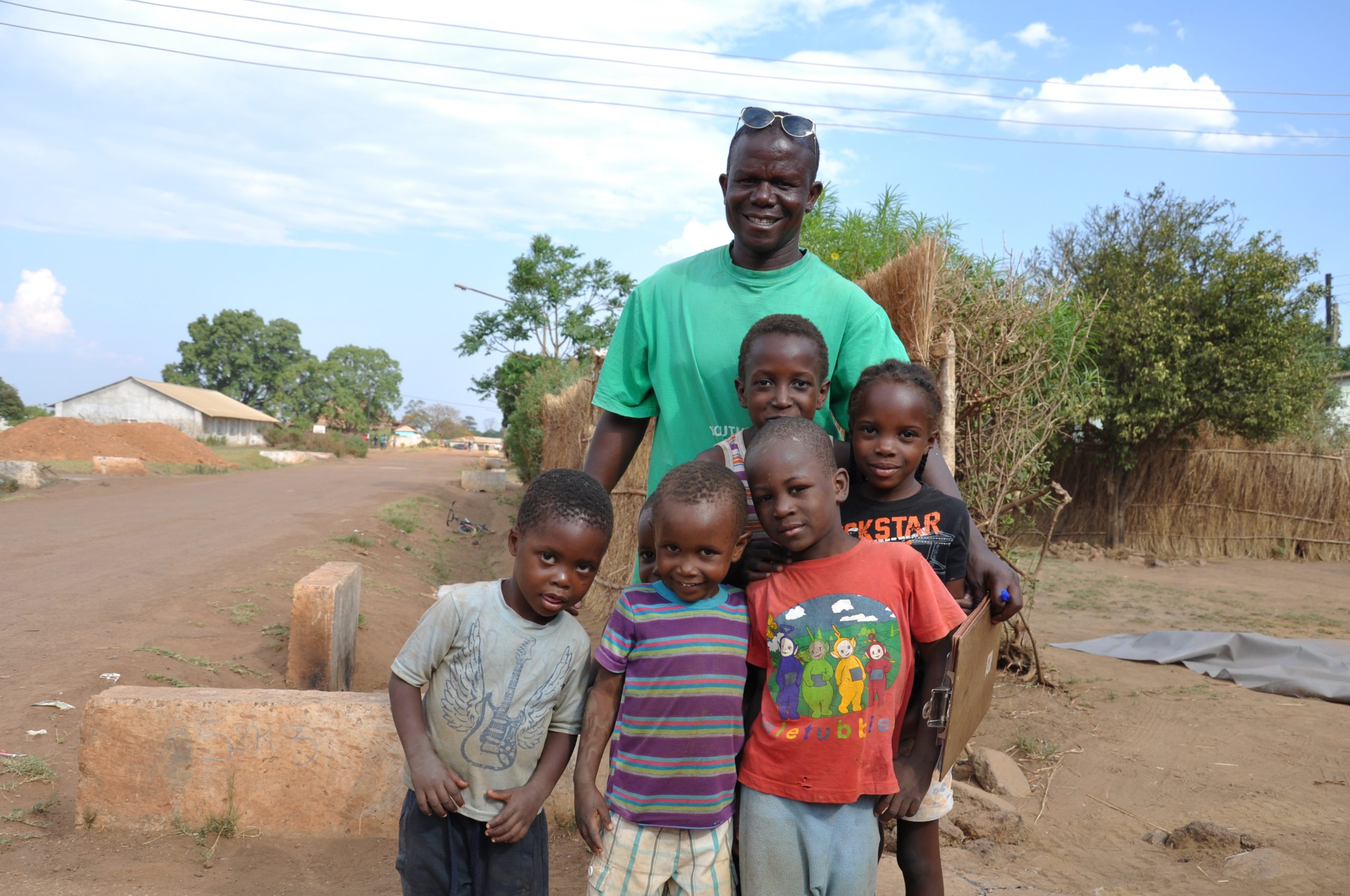 City Council member with local children
City Council member with local children
Q: You are quoted in The Guardian as saying, “Having seen the extreme lead levels measured in children in several townships, severe and widespread health impacts are highly likely, including brain damage, palsy and ultimately fatalities. I am concerned kids are dying here.” There is evidence that children are being gravely harmed, even killed by the levels of lead, and yet this has been occurring for decades. How does this happen?
A: A well-known adage in global health is “ too often, countries with the poorest health status (both mortality and morbidity), also happen to have the least reliable health data”.
In short, many diseases in low- and middle-income countries either don’t get recorded properly or are misreported.
In Zambia, children are dying of poor nutrition, malaria, HIV, auto fatalities, respiratory illness and diarrheal diseases daily. But are the health networks and the health surveillance systems in place able to discern a lead poisoning fatality from a gastrointestinal disorder? Regrettably the answer is often; no.
We know the levels of lead in Kabwe soil, we are also testing many children whose BLL are at critical and fatal levels. What we don’t have is the epidemiology to prove that lead is killing children. The health records are just not there.
Q: You and the team have completed phase 2 of the project and the grant has run out. What’s next?
A: These kids can’t wait. The project approved by The World Bank five months ago hasn’t started yet, and we don’t know when it will. Every home we clean, every yard we decontaminate, every mother we educate improves the chances of more children surviving.
Today, Kabwe is a toxic waste site, with a population struggling with an insidious toxic burden holding children hostage. While we wait for a full-scale global attention to resolve this, I ask all who are reading this to join us in helping these children, one house, one family at a time.
Here in the U.S., once everyone found out about the lead poisoning taking place in Flint, we started to see the situation turn around. Awareness is a powerful force. Anyone reading this can help by sharing the Guardian story, this blog post and donating – any amount!
The people we work with in Kabwe have access to social media and follow all efforts to bring wider attention to their situation. It brings them hope to know they are not forgotten and invisible to the rest of the world. Meet just a few members of the Kabwe environmental remediation team.
My colleagues created a
so we can re-start the cleanup efforts and get the crews the resources they need to do the job. Please donate then challenge your friends and family to do the same.
Thank you from all of us at Pure Earth!




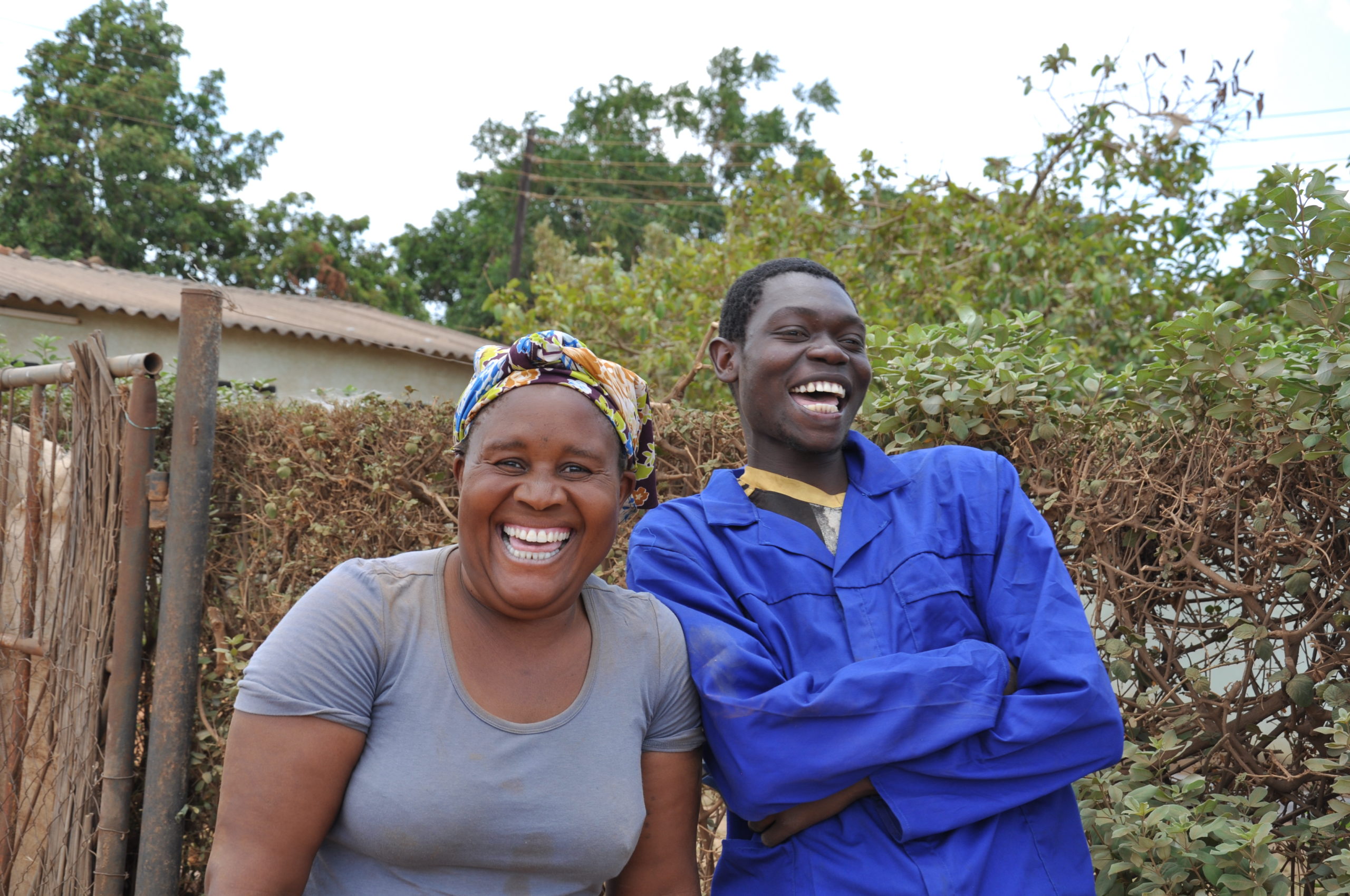
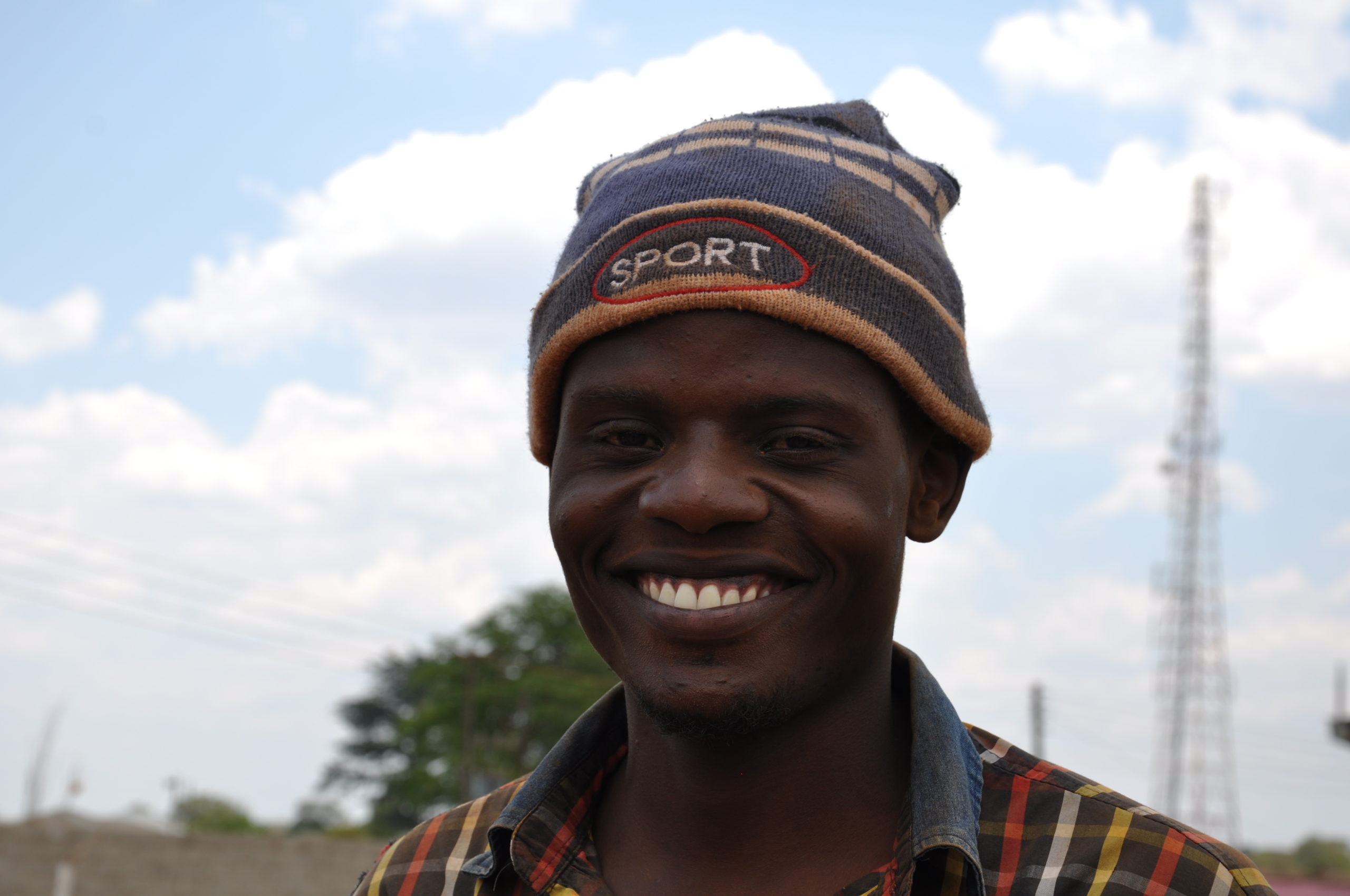
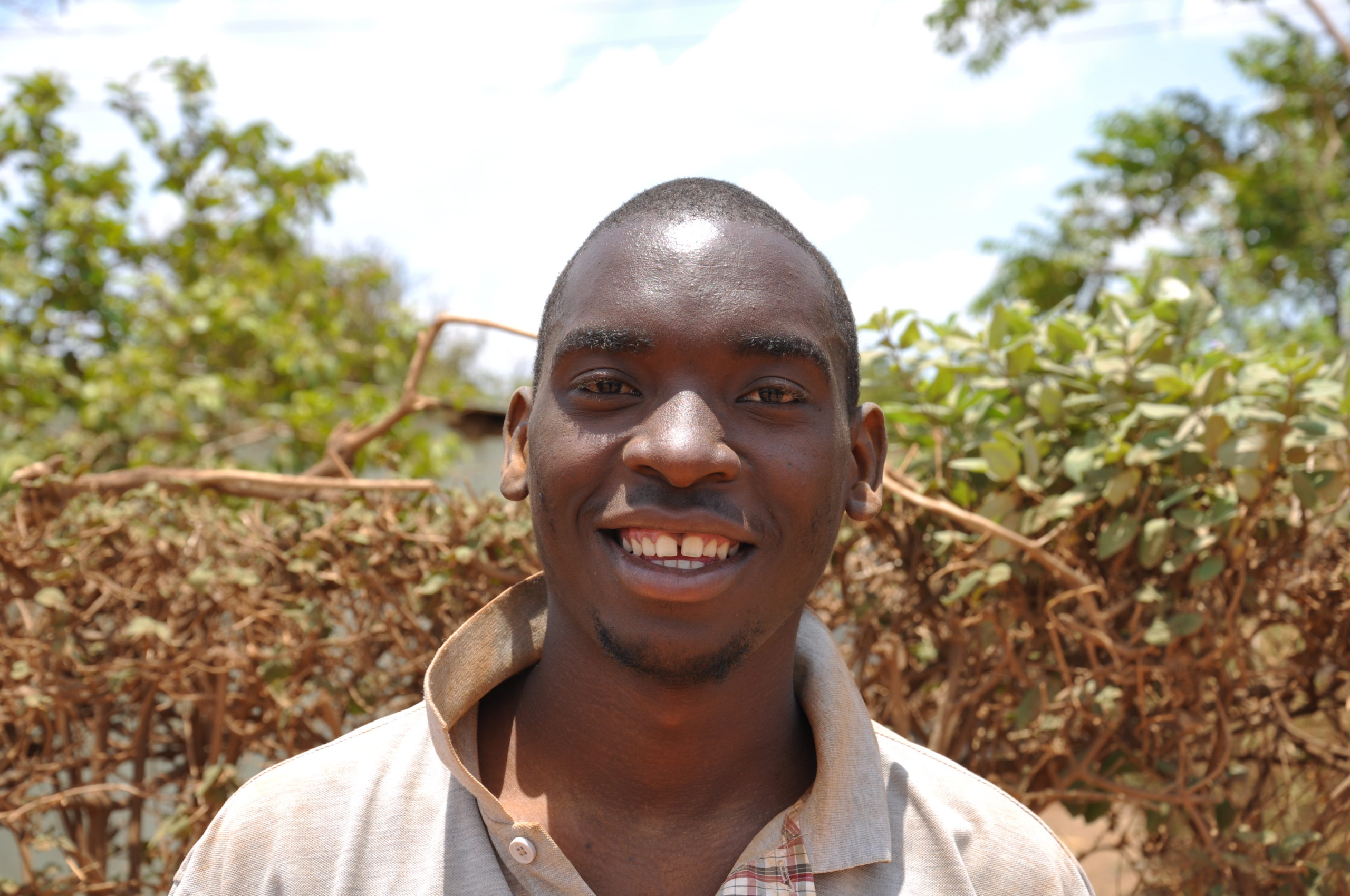
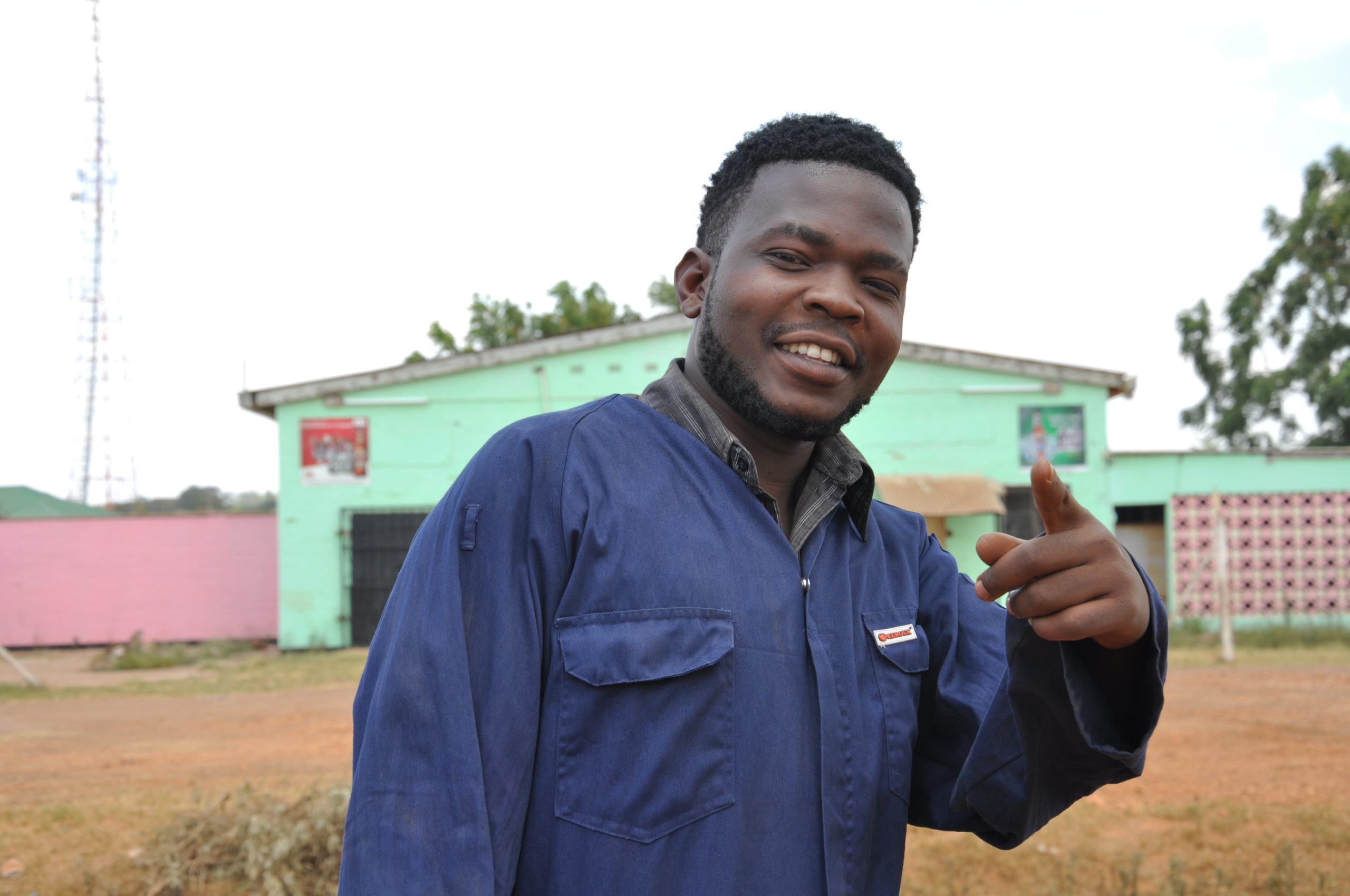
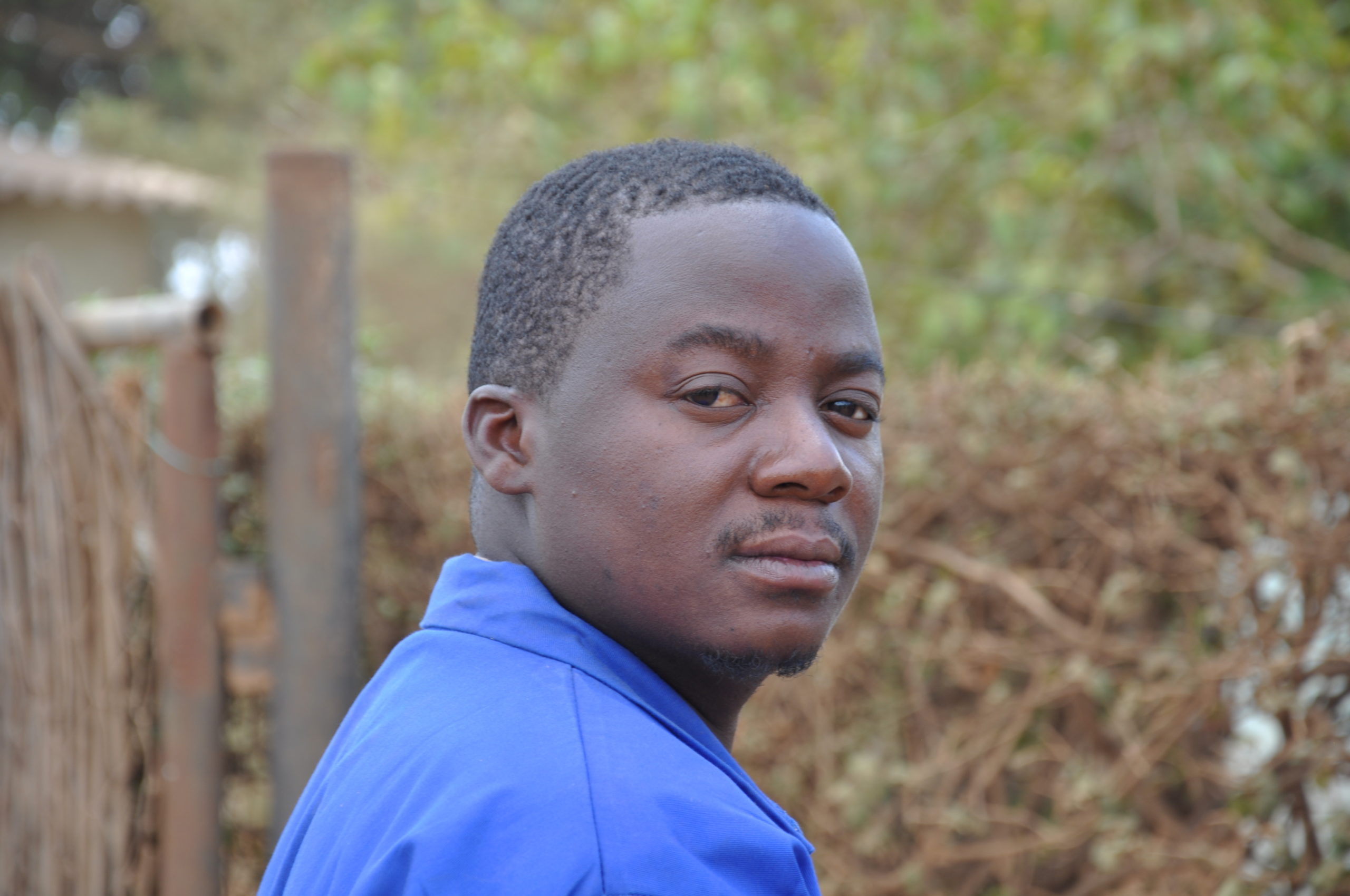
Leave a Reply